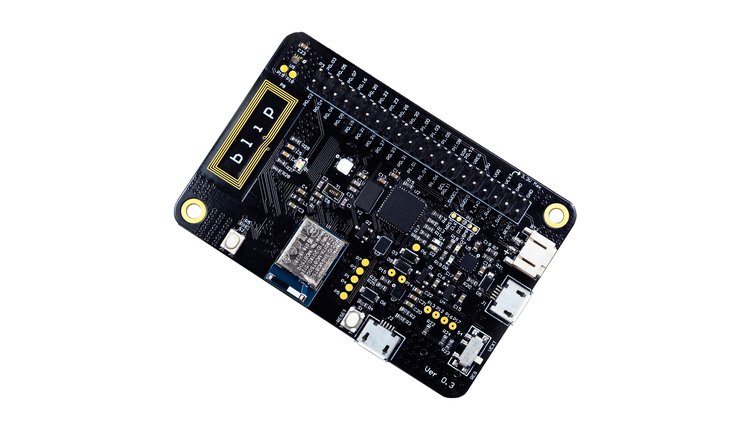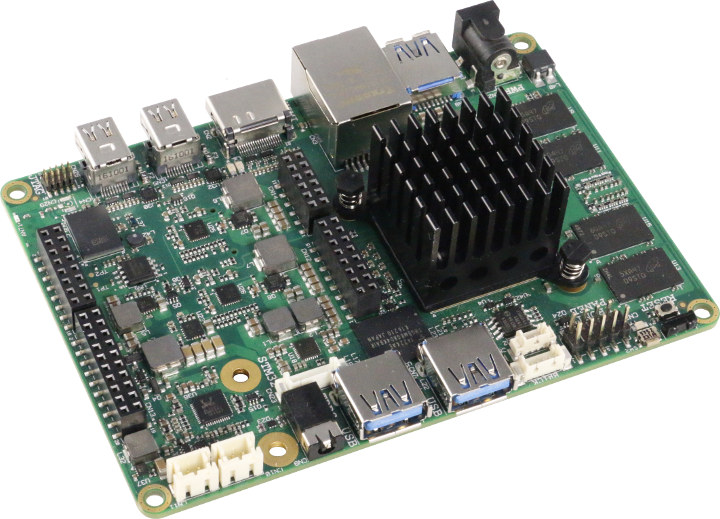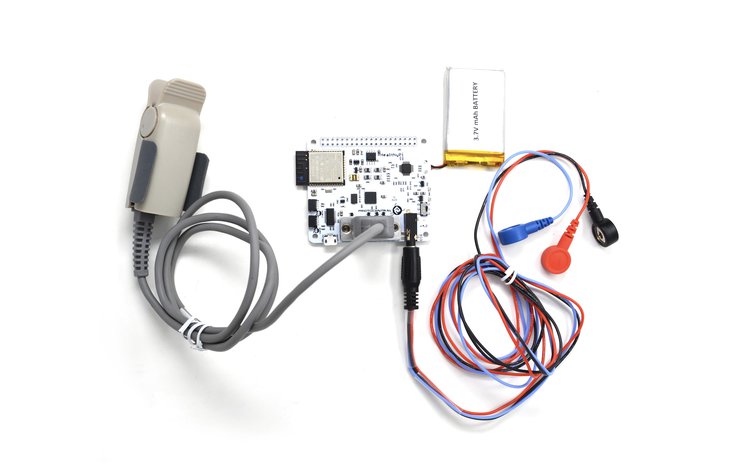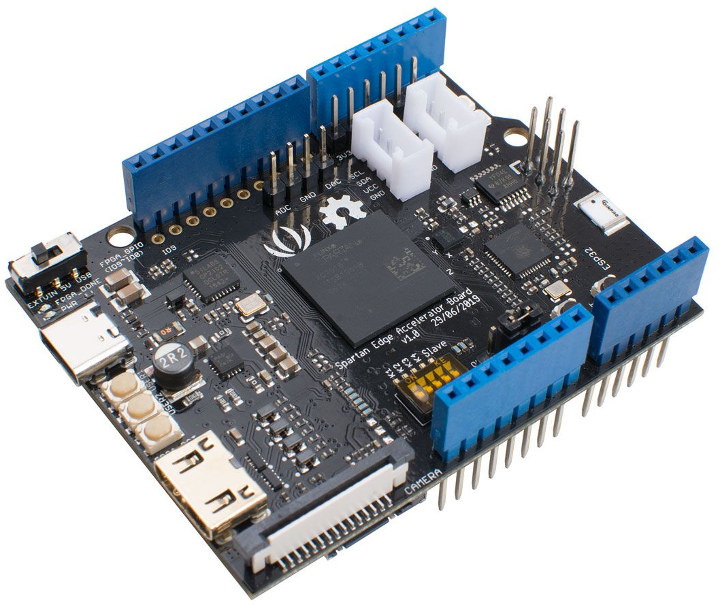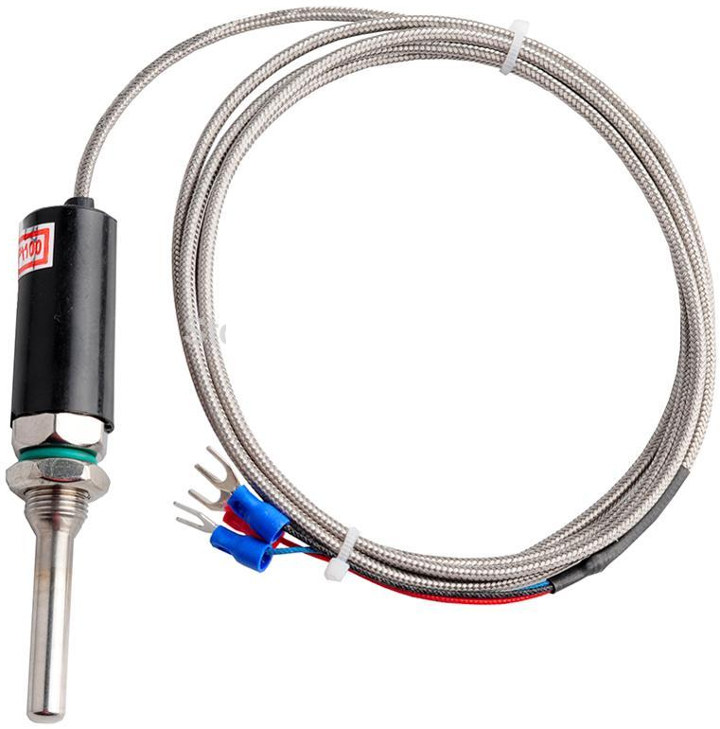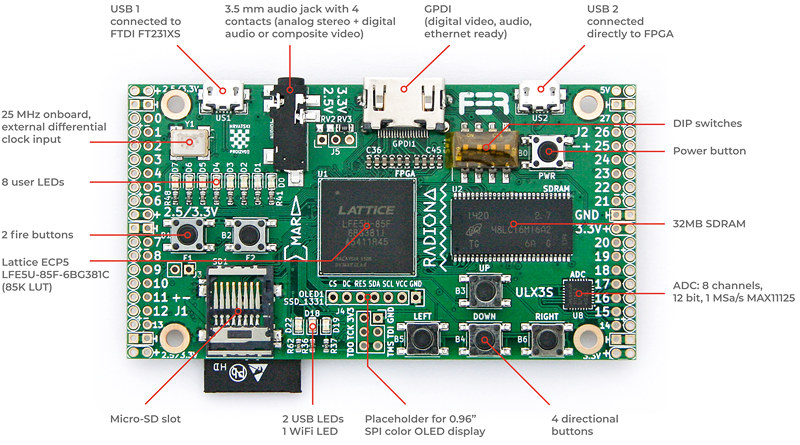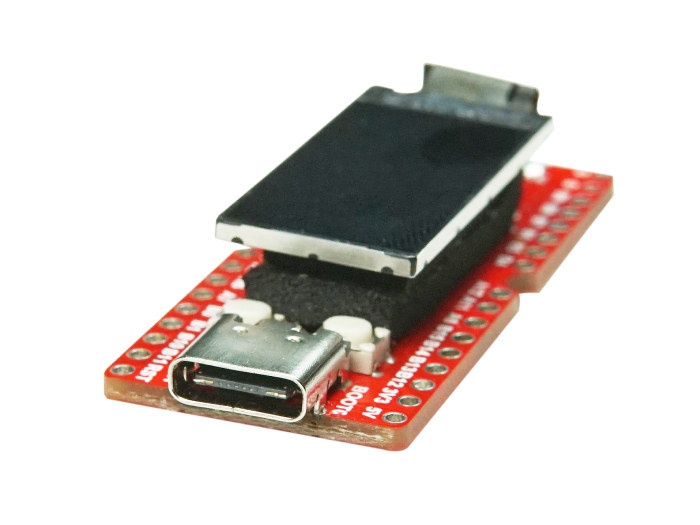The Latest Electronut Labs Nordic nRF52840 Based Dev Board Electronut Labs has started its Crowd Supply campaign for Blip, a Nordic nRF52840 based development board. With many onboard sensors and systems, the boards are aimed at prototyping and projects in a wide variety of BLE and 802.15.4, wireless application scenarios. It has a programmer and debugger built-in. Past Articles Electronut Labs has a series of Nordic Semiconductor SoC projects previously reported on including Papyr, a Bluetooth E-Paper Display and Bluey, a BLE Development board using the Nordic nRF52832, and CNXSoft also published an article comparing several of the Nordic SoC available in development boards for Bluetooth 5 (BLE5). The Features the Stand Out Blip has a Black magic Probe compatible programmer and debugger built-in, along with a temperature/humidity sensor, ambient light intensity sensor, and a three-axis accelerometer. The board is designed to prototype very low power devices and an ability […]
UDOO X86 II SBC Combines Intel Braswell SoC with Microchip ATMega32U4 “Arduino” MCU
UDOO X86 development board was first introduced in a crowdfunding campaign in 2016 with a quad-core Intel Braswell processor coupled with an Arduino 101 compatible Intel Curie module for real-time I/O processing. Early July of next year (2019) the Intel processor and module seems to be going so well and have a bright future together with UDOO X86 board and accessories becoming broadly available. But life can be cruel at times, and Intel announced their plan to discontinue Intel Curie and other IoT projects just a few weeks later with the last shipment scheduled for July 2018. SECO, the company behind UDOO, could only order so much stock of Intel Curie module, so they had to design an alternative, and here we are with UDOO X86 II SBC offering many of the same features but replacing Intel Curie module by a Microchip ATmega32U4 MCU compatible with Arduino Leonardo. Two […]
HealthyPi v4 Wearable WiFi Vital Signs Monitor Follows Raspberry Pi HAT Form Factor
HealthyPi v4 Campaign Starts ProtoCentral has started a Crowd Supply campaign for the HealthyPi v4, its latest vital signs monitoring dev kit. The HealthyPi v4 is wearable, wireless, and can be mounted on a Raspberry Pi. The units are all open source and stand-alone made for end-users, students as well as researchers and developers. An Improvement on HealthyPi v3 The recent increase in health-related tech has fueled ProtoCentral’s desire to bring its HealthyPi v3 up to current usability and development standards. The retail versions of the HealthyPi v4 are made specifically to work in conjunction with the Android OS for ease of use and mobility. Also, the Raspberry Pi HAT form factor is also supported in this version of the device. Articles On Health-Related Development The articles that have touched on health-related issues and topics from our archives, as well as very recently include HEGduino a neurofeedback monitor and […]
Spartan Edge Accelerator Arduino Compatible Board Combines ESP32 & Spartan-7 FPGA
Xilinx Spartan FPGAs have been around for a while, and a few years ago we covered Spartan-6 FPGA boards such as Spartixed and miniSpartan6+. Seeed Studio has now launched another Xilinx Spartan board with WiFi and Bluetooth connectivity. Spartan Edge Accelerator Board follows Arduino UNO form factor and combines a more recent Xilinx Spartan-7 FPGA with Espressif Systems ESP32 WiFi + Bluetooth chip. Spartan Edge Accelerator specifications: FPGA – Xilinx Spartan-7 XC7S15 FPGA with 12.8K Logic Cells and 360Kb block RAM WiSoC – Espressif Systems ESP32 SoC with 802.11 b/g/n 2.4GHz WiFi and Bluetooth 4.1 BLE Storage – SPI flash, MicroSD card slot Video Output – Mini HDMI Video Input – CSI Camera Interface with support for OV5640 sensor USB – USB type-C port Expansion Arduino UNO headers (5V) FPGA I/O header DAC output and ADC input header (via 8-bit ADC1173 chip) 2x Grove connectors (I2C and digital I/O) Debugging […]
PT100 Resistance Temperature Detector (RTD) Probes Support Extreme Temperature Ranges
I’ve been playing with temperature measurements in several hardware platforms such as Texas Instruments eZ430-Chronos Watch, Sonoff SC environmental monitor, Wemos D1 board with aDHT21 temperature sensor, or more recently ANAVI Thermometer with the last three platforms based on ESP8266 WiSoC. All four devices/boards above have temperature sensors designed to measure ambient temperature with for example DHT22 having a range of -40 to +125 degrees Celsius. I had also come across DS18B20 waterproof temperature probe to measure liquid temperature several times with a range of -55 to 125°C. Good for most use cases, and for example you could check boiling water with the later. But I had never really thought about measuring data for much lower or much higher temperatures, and this morning I came across two “PT100” temperature probes on IC Station new arrivals feed namely WZP-187 ($4.89) and an unnamed probe ($3.42) respectively capable of -200°C to +400°C […]
ULX3S Education Board is Powered by Lattice Semi ECP5 FPGA & ESP32 WiFi/BLE Module
A few days ago, we covered the KiCAD designed OrangeCrab open-source hardware board powered by a Lattice Semi ECP5 FPGA, and compliant with Adafruit Feather form factor. It’s turned out there’s another Lattice Semi ECP5 FPGA board that’s also designed with KiCAD and open source hardware. Radiona ULX3S differs are it’s larger and exposes more I/Os since it was specifically designed to meet the meets of the digital logic course at the Faculty of Electrical Engineering and Computing (FER) of the University of Zagreb in Croatia. ULX3S specifications: FPGA – Lattice ECP5 LFE5U-85F-6BG381C with 84K LUT System Memory – 32MB SDRAM @ 166 MHz Storage – 4–16MB Quad-SPI Flash for FPGA config and user data storage; MicroSD slot Audio – 3.5 mm jack with 4 contacts (analog stereo + digital audio or composite video) Video – Digital video (GPDI General-Purpose Diferential Interface) with 3.3V-5V I2C bidirectional level shifter Display – […]
$5 Longan Nano GD32V RISC-V Development Board Comes with LCD Display and Enclosure
There’s been some exciting news about RISC-V microcontrollers recently with Gigadevice announcing GD32V, one of the first RISC-V general-purpose microcontrollers, which outperforms its Arm Cortex-M3 equivalent in terms of performance and power consumption. The company also announced some development boards, but they are not quite that easy to purchase being listed on Tmall website in China. The good news is that Sipeed has introduced Longan Nano development board powered by GD32VF103CBT6 microcontroller, and it’s up for sale on Seeed Studio for $4.9. Longan Nano board specifications: MCU – Gigadevice GD32VF103CBT6 32-bit RISC-V (rv32imac) microcontroller @ 108 MHz with 128KB Flash, 32KB SRAM Storage – MicroSD card slot Display – 0.96″ 160×80 IPS RGB LCD connected via SPI USB – 1x USB Type-C port for power and programming Expansion – 2x 16 through holes (2.54mm pitch) exposing 3x USART, 2x I2C, 3x SPI, 2x I2S, 2x CAN, 1x USBFS (OTG), 2x […]
TinyGo GO Compiler for Microcontrollers Now Works on Arduino Boards
Powerful, yet simple to use, TinyGo is making a significant mark in the open-hardware sector. This was well stated in the Arduino blog interview of Ron Evans, Technologist for Hire, as Arduino is now working with TinyGo on an ongoing basis. What is TinyGo? The whole purpose of TinyGo is to bring Go to the microcontroller and the latest web browsers, to have that powerful language able to function in tiny processor formats, such as the Arduino Uno and Arm-based processors such as the Cortex-M type processors and also the BBC Micro: bit, STM32 Bluepill, and some other MCU boards, from any web browser. How It Functions It does this through LLVM toolchain and that format allows TinyGo to compile Go programs to a fraction of their original size, then flash the reduced Go program directly onto the microcontroller. Web Browser Applications With WebAssembly TinyGo can be used with WebAssembly […]


